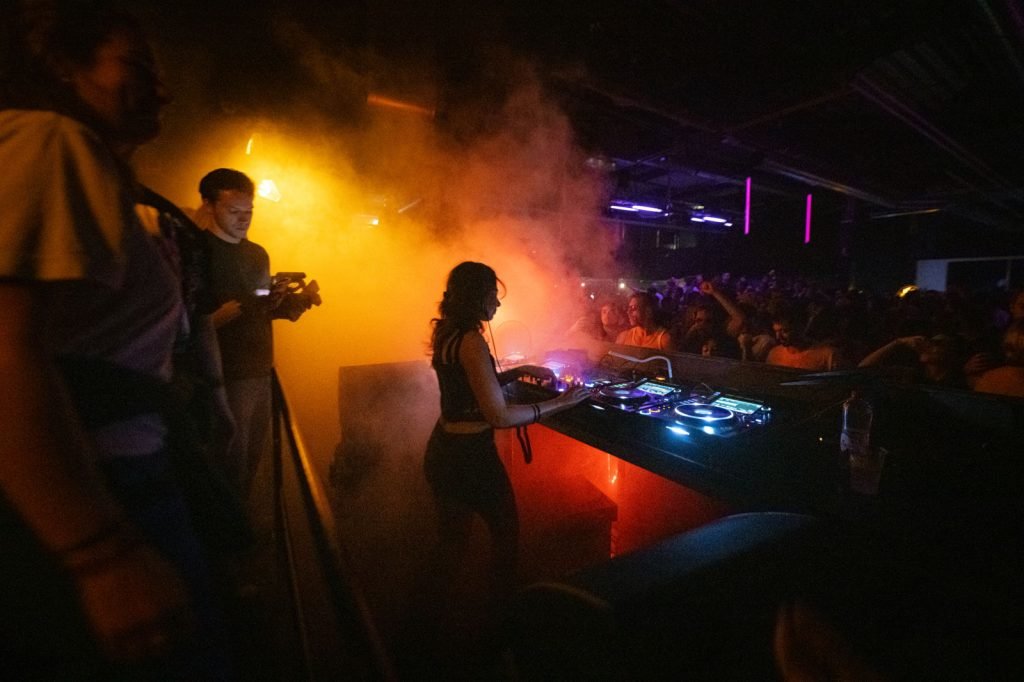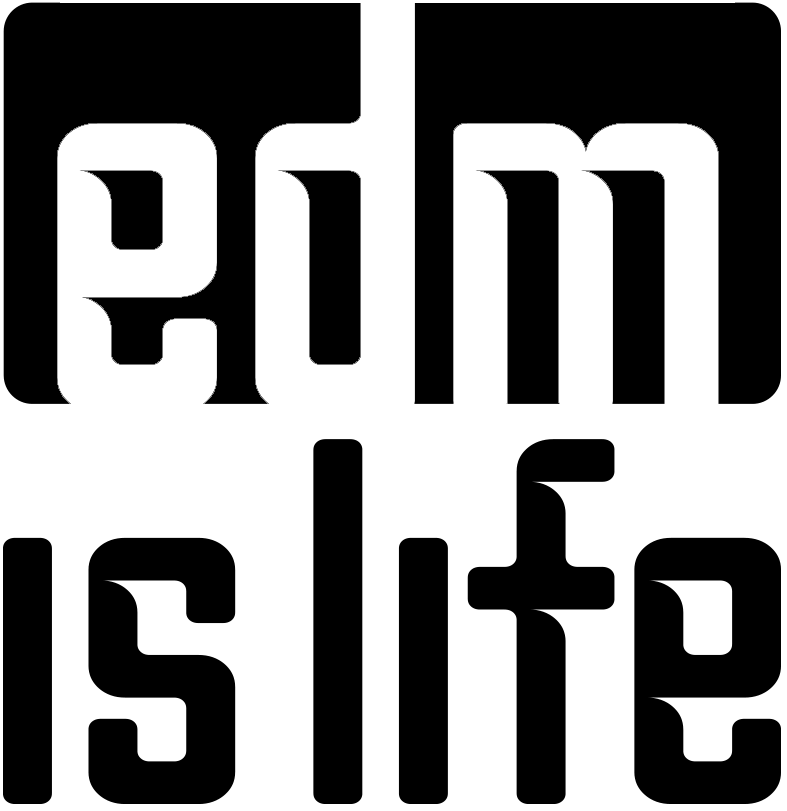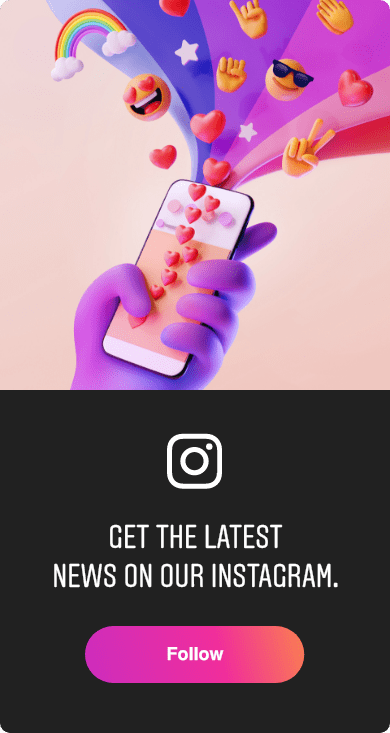
When Chicago house and Detroit techno emerged in the 1980s, Dutch music fans were among the first in Europe to welcome it with open arms and open minds. From the beginning, Amsterdam was at the forefront of electronic dance music innovation, breeding iconic clubs such as RoXY and iT to champion the new music genres, with established venues like Melkweg and Paradiso following suit. Now a new chapter in music tech is being written at The Other Side, a cutting-edge club founded by producers and musicians Doeshka Vrede and Jasper Löwik, where the rich history of Dutch dance culture meets the future of sound.
For Vrede and Löwik, already established figures in Amsterdam’s music scene with their own agency and record label, and now owners and managers of The Other Side together with sound engineer and spatial audio expert Stefan Liem, it was important for the venue to be at the forefront of technology and to deliver new experiences to their audience. “Dutch people have always been at the forefront of technology,” Vrede says. “The environment for electronic music has always been great here.”
The catalyst for audio revolution came through Vrede and Löwik’s collaboration with End of Time, a group of acoustic and electronic musicians signed to The Other Side’s agency. End of Time had been experimenting with spatial sound systems for years, and their artist-in-residence status at the club allowed for extensive experimentation with immersive audio setups. “We built a studio for End of Time to be our artist-in-residence at the club. Stefan Liem is their sound architect, and he would sometimes build their spatial setup in the club and experiment with it on dark days. This was our inspiration for asking them what it would take to install a proper immersive system in the club.”
Outfitting their 900-capacity main room with L-Acoustics L-ISA immersive audio technology made The Other Side the first club in the world to fully embrace spatial audio. This move not only honoured Amsterdam’s legacy of innovation but also set a new standard for clubbing experiences worldwide.
“It was our mission to make spatial audio available to the public,” Löwik says. “We’re exploring new ways to enhance the dance floor experience. With spatial audio, music becomes clearer and more accurate, allowing listeners to enjoy it from anywhere in a room. I believe we’re just beginning to realize how much better music can sound in this format.”
The technology is not just changing live performances; it’s reshaping the entire creative process. Some artists are now producing music at home with L-ISA software, eager to bring their projects to The Other Side, which has become a playground for sonic innovation. The club works closely with performers, helping them adapt to and exploit the possibilities of spatial audio. “Stefan reaches out to show them how it works. Even if an artist is only sending out a stereo signal, Stefan manages the spatial mapping, showing them how it looks on the computer,” explains Vrede. “There is definitely a heightened energy level among the artists who understand the system. This enthusiasm is contagious, with artists returning repeatedly to explore the creative potential of L-ISA immersive sound.”
The club owners have also worked with artists producing music at home with L-ISA software, who want to hear their projects in a larger venue on a professional sound system. As for those artists already working and regularly performing using L-ISA, “They really prefer our venue for their events. One has already been here four times,” Vrede reports. “There are also artists who hear a spatial set and want to dive in and develop something similar. All the artists who have played on our system want to come back.”
“L-Acoustics did a wonderful job making the lives of musicians and producers so much easier,” Löwik says. “From experience, we know how complicated other immersive technology can be to configure, but the L-ISA technology is practically plug and play. You can just dive into the experience and it’s so much more fun.”
As word spreads, The Other Side is becoming a hub for those curious about the future of sound. “Now we get requests from people who want to organize events or presentations here. Everybody wants to be in on our party,” Vrede says with pride.
Related
Discover more from Decoded Magazine
Subscribe to get the latest posts sent to your email.





